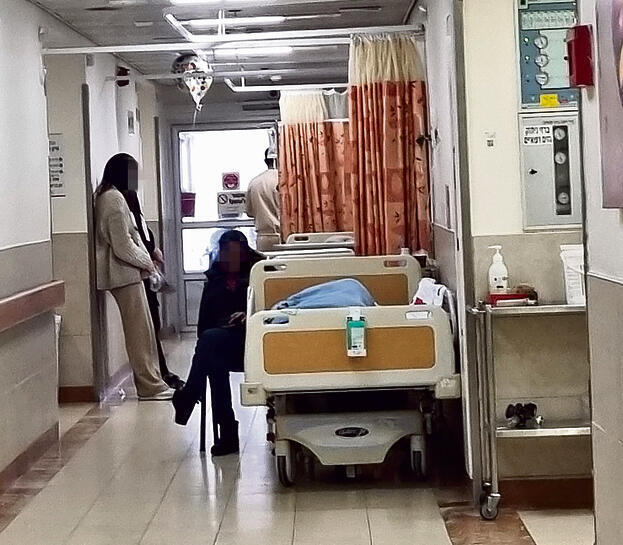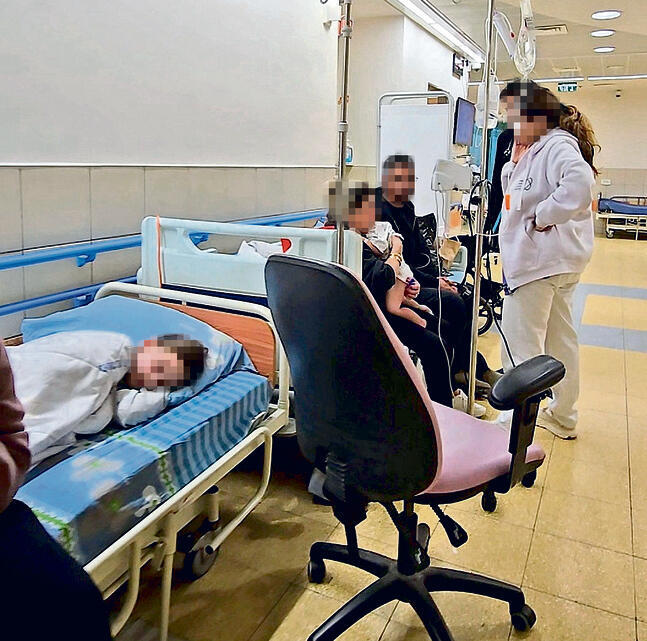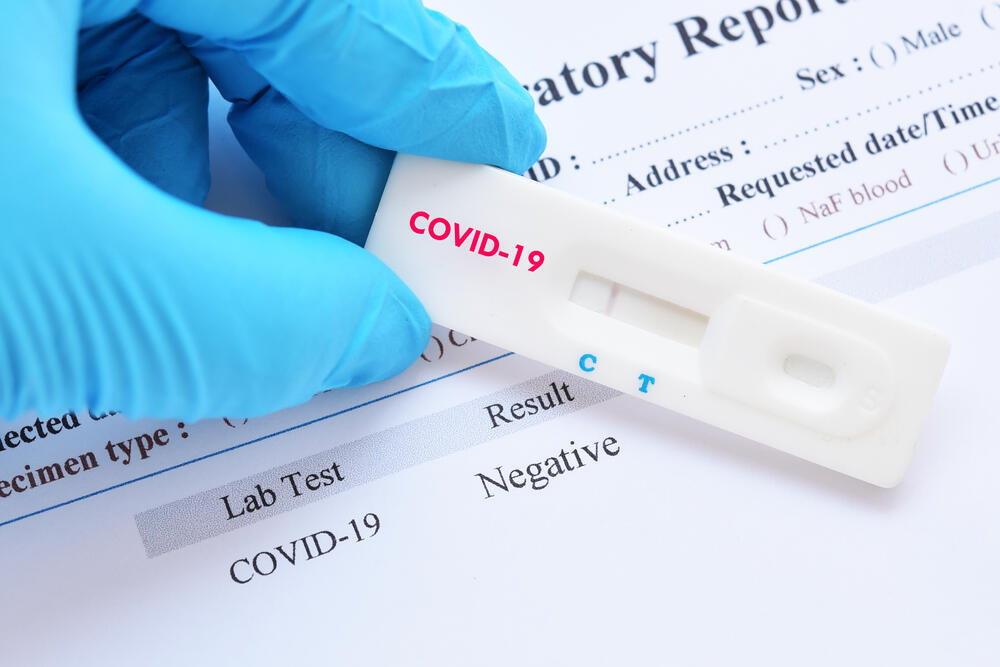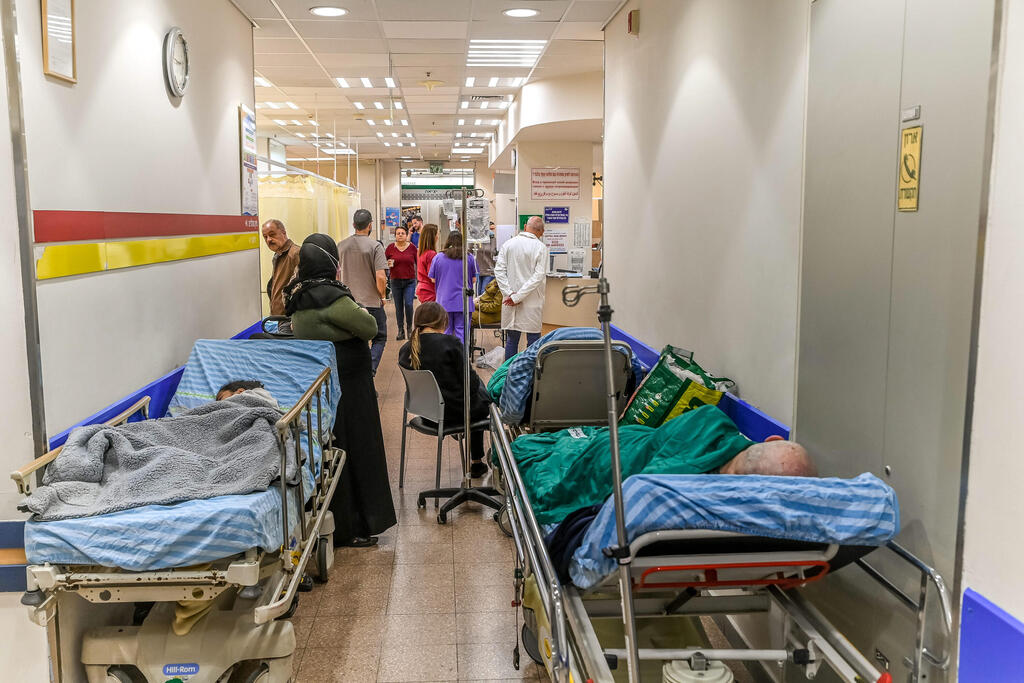Getting your Trinity Audio player ready...
Amid hospital overcrowding due to winter illnesses, doctors and department managers say this is one of the toughest winters the health system has seen. In most internal departments, occupancy rates are above 90% - but long queues in the triage rooms force patients to wait at times for over 30 hours for a bed in one of the hospital departments.
More stories:
Hospitals reported that occupancy rates in internal departments can reach above 100%. At Hillel Yaffe Hospital, the occupancy rate is 128%, and at Beilinson Hospital no less than 138%. Also, at Meir, Soroka, Hadassah Ein Kerem, and Kaplan, occupancy rates are over 100%.
"The winter has never been so harsh," says Prof. Avishai Elis, Chairman of the Israel Society of Internal Medicine. "The situation right now is truly desperate. There's enormous strain, a lot of people in triage rooms, and very sick patients. We're talking about a very difficult and problematic situation, more than what we had a year or two ago," he said.
"There were several things that happened. There's no doubt that this year vaccination rates were insufficient. At the same time, it's important to check if the strains currently prevalent were covered by the vaccine. There's mainly a lot of influenza A. The bottom line is that the situation is very dire.
"We're dealing with an epidemic that is starting to resemble the COVID epidemic in the quantities of patients arriving. There is no doubt that there is an epidemic here and large quantities of patients. There is a mass-patient event here, and it needs to be treated like a mass casualty event. There was no preparation for this scenario," he added.
"Years ago, we used to receive winter preparedness training, and hospitals received additional manpower for the winter. It didn't happen this time," he said. "One morning we found ourselves with patients waiting in the ER and no space, ambulances waiting to deliver more patients. It happened one morning as if it were a surprise that winter had arrived. We are probably at the peak right now, and I assume it will take ten days to two weeks until it starts to decline. We often lose patients due to crowding in triage."
According to the latest report from the health ministry examining the current respiratory illness situation, it appears that the rate of flu-like illnesses this season is the highest since at least 2019. Dr. Hefzi Green, Internal Department Manager at Kaplan, said: "It's different from last year. We didn't have this load a year or two ago. At Kaplan, there are close to 30 patients waiting in triage for over 24 hours because there are no beds. There's a lot of respiratory illness and a lot of flu and RSV. Additionally, there isn't enough room. This means that patients who have undergone treatment will have no place for recovery."
This is, of course, related to the war. "Some of the beds are taken by the wounded from the war or hospitals are lacking staff because they are serving in the reserves. Therefore, patients stay longer in internal departments, creating a bottleneck in the department," she said.
"As every year, during the winter season, there is an increase in the number of patients turning to hospitals due to respiratory illnesses. To alleviate the burden on hospitals, the ministry takes several measures, including diverting patients' arrival at hospitals as needed. In addition, as part of the current winter preparations, it was decided, like every year, to add additional shifts for nurses in the ERs to perform additional shifts while compensating them. We have allocated a significant reinforcement of beds for internal departments," the health ministry said in a statement.






